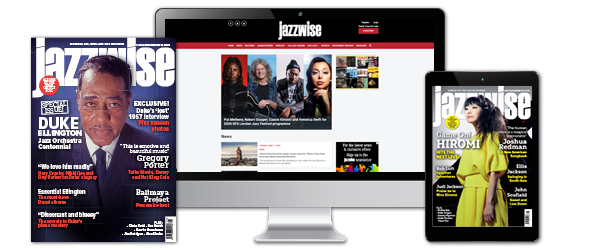Charlie Parker – Bird Lives!
Friday, January 3, 2020
Charlie Parker changed the direction and sound of jazz and remains as influential today as it was revolutionary in his lifetime.


Register now to continue reading

Thank you for visiting Jazzwise.co.uk. Sign up for a free account today to enjoy the following benefits:
- Free access to 3 subscriber-only articles per month
- Unlimited access to our news, live reviews and artist pages
- Free email newsletter